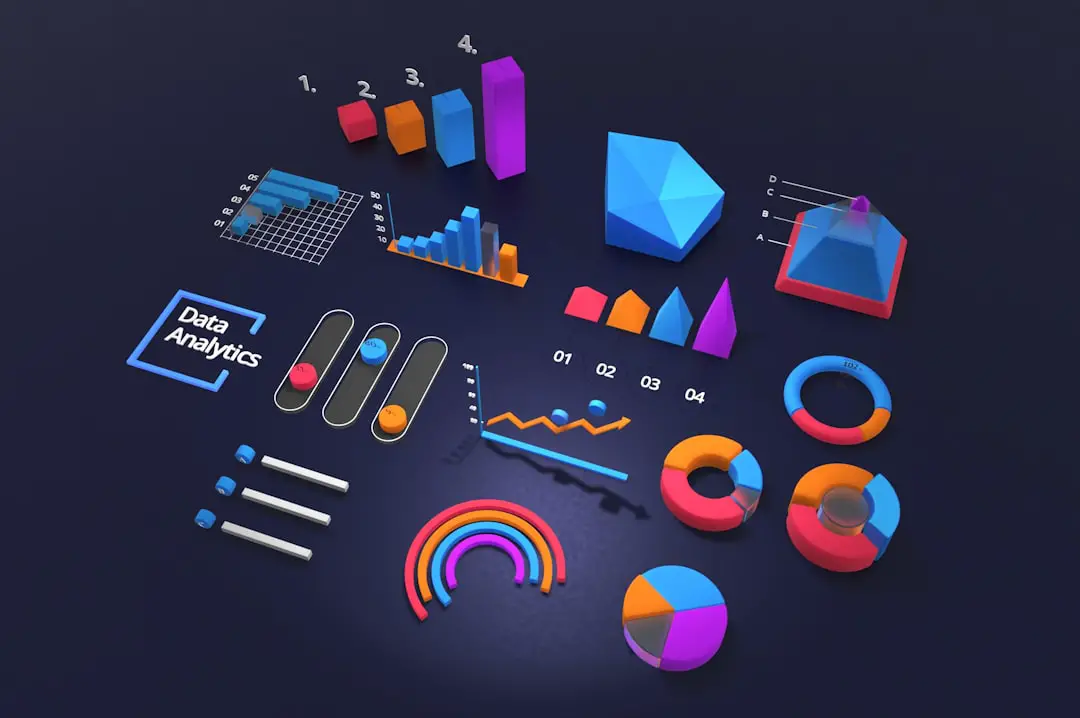In today’s fast-paced, digitally connected business environment, companies across the United States are leveraging innovative technologies to streamline operations and optimize productivity. One of the most transformative advancements emerging in recent years is the use of employee trackers — smart tools designed to monitor, analyze, and enhance workforce management. From tracking employee attendance to monitoring performance metrics and refining workflows, these systems are gaining traction across a wide range of industries.
Redefining Workforce Visibility
Employee trackers are providing organizations with unprecedented visibility into day-to-day operations. By collecting real-time data on employee behavior and productivity, companies can make data-driven decisions that yield better results, reduce inefficiencies, and improve accountability. These tools typically come in the form of wearable devices, desktop applications, GPS-based mobile trackers, or integrated software solutions that blend seamlessly into HR and scheduling platforms.
Not only do they help managers stay on top of who is working on what, but they also enable trend analysis, helping to identify patterns that lead to improved scheduling and workload distribution. For instance, companies can detect peak productivity hours, forecast future staffing needs, or even recognize burnout risks based on behavioral metrics.
Main Features and Capabilities
The success of employee trackers lies in their multifunctionality and adaptability. Different industries have adopted various types of trackers depending on their organizational needs. Below are key features common in most systems:
- Time Tracking: Monitor clock-ins, clock-outs, break durations, and total hours worked.
- Geolocation: Use GPS to verify when and where employees report to job sites.
- Task Management: Assign and monitor specific tasks while observing how long each assignment takes.
- Productivity Analysis: Capture screen time, active application use, and keyboard/mouse activity.
- Integration: Seamlessly connect with payroll, timesheet, and customer relationship management platforms.
Thanks to these powerful capabilities, employers receive a well-rounded picture of worker efficiency and can tailor training programs or incentives based on performance insights. Furthermore, these trackers help prevent time theft, buddy-punching, and misreporting—all common issues in large, remote, or shift-based workforces.
Impact Across Key Industries
Employee trackers have found homes in an array of sectors, including healthcare, logistics, manufacturing, retail, and technology. In the healthcare field, for example, hospitals utilize trackers to monitor shift attendance and reduce unauthorized overtime. Warehouse managers use GPS wearable trackers to ensure safety compliance and locate staff quickly in emergencies.

Tech companies, on the other hand, employ screen-trackers to support remote workforce supervision. By measuring app usage and keyboard activity, employers can assess how developers, writers, or analysts are spending their scheduled hours. The result? Enhanced transparency and performance feedback loops that encourage smarter workflows.
Retailers use mobile attendance apps and geofencing to manage part-time and hourly workers across multiple sites. This ensures labor law compliance, optimizes staffing according to store traffic, and cuts down on unnecessary overtime costs during quiet periods.
The Remote Work Revolution
With the explosive growth of remote work following the COVID-19 pandemic, employee trackers have become indispensable. Companies that once relied on in-person visibility have turned to analytics-driven oversight. These tools have helped bridge the gap between physical and digital workplaces by building trust, enforcing accountability, and ensuring productivity parity across teams, regardless of location.
Moreover, they’ve provided a solution for maintaining team cohesion and operational integrity in hybrid work models. Managers can now easily monitor engagement levels, collaborate on task assignments in real time, and offer assistance to employees who may be struggling — all without micromanaging or invading privacy.
Addressing Concerns Over Privacy and Trust
The topic of employee monitoring has sparked much debate surrounding workplace surveillance and data security. Many workers fear being overly policed or losing personal autonomy. To ease these concerns, companies must communicate transparently about the purpose, scope, and benefits of employee trackers.
Best practices include involving human resources from the beginning, obtaining employee consent, setting clear usage guidelines, and ensuring compliance with federal and state privacy laws. In fact, when implemented ethically, trackers can enhance job satisfaction by removing ambiguity and aligning individual contributions with organizational goals.
It’s also important to note that many modern systems offer opt-in parts, personalized dashboards, and visibility into one’s own performance—which can empower staff to self-correct behaviors and participate in their own growth.
Financial ROI and Organizational Efficiency
From a business perspective, employee trackers offer a compelling return on investment. Companies have reported notable reductions in labor costs, absenteeism, and project delays. At the same time, they’re seeing improved client satisfaction, better internal communication, and increased employee engagement due to transparent performance feedback.
For example, a logistics company using biometric time tracking reported a 15% reduction in payroll errors and a 20% boost in delivery deadline compliance within three months. Similarly, software firms utilizing trackers for remote teams saw a 25% improvement in code deployment timelines and a 30% increase in employee retention due to improved work-life balance visibility.
The Future of Workforce Management
As artificial intelligence (AI) and machine learning (ML) evolve, the next generation of employee trackers will not just record data but also predict trends. These intelligent systems can offer suggestions for workload balancing, identify training requirements before performance dips, or recommend time allocation strategies based on historical employee behavior.
Additionally, biometric verification and advanced facial recognition will make time logging even more secure and seamless. Integration with wellness tracking—such as monitoring stress or fatigue levels—could usher in a future where employee safety and well-being take center stage in productivity planning.
Conclusion
In a competitive and often digitally driven business landscape, employee trackers are no longer a luxury — they’re a necessity. They empower both employers and employees to unlock hidden potential, resolve operational bottlenecks, and cultivate transparency. As long as implementation is balanced with clear ethical boundaries and open communication, these technologies will continue to revolutionize workforce management across the United States.
Frequently Asked Questions
-
Q: Are employee trackers legal in the U.S.?
A: Yes, but laws vary by state. Employers must disclose tracking practices and obtain consent in most cases, especially for off-duty or personal device monitoring. -
Q: Do employee trackers affect productivity?
A: Studies and case data show that productivity often increases when tracking is transparently applied and employees understand how data will be used. -
Q: What is the best type of tracker for remote teams?
A: Screen tracking and time-logging applications are commonly used for remote teams, offering insights into usage patterns and workload allocation. -
Q: Is employee tracking ethical?
A: It can be ethical when implemented with clear policies, employee consent, and safeguards that protect privacy and data security. -
Q: What industries can benefit the most from employee trackers?
A: All industries can benefit, but logistics, healthcare, technology, manufacturing, and retail have seen the most significant impacts.
